If you’ve found small, round beetles in your home, you might wonder: are carpet beetles dangerous? Over my four years as a registered technician, I’ve helped families across the DMV tackle these pests. Our Schulz family business has served homeowners here for over 50 years.
Carpet beetles can damage fabrics and sometimes cause skin irritation. This guide will explain how they live, the risks they pose, and how to keep them out of your home.
Understanding Carpet Beetles: A Pest Profile
What Are Carpet Beetles?
Carpet beetles are tiny pests that feed on animal fibers like wool, silk and leather. They also visit flowers as adults to drink pollen. You’ll often find them in closets, near baseboards and on upholstered furniture.
Common Carpet Beetle Species in the DMV Region
The most common types include the varied carpet beetle (Anthrenus verbasci), furniture carpet beetle (A. flavipes) and black carpet beetle (Attagenus unicolor). Adults emerge in spring, while larvae develop indoors.
According to the University of Kentucky Extension, the black carpet beetle can take up to a year to complete its life cycle in cooler homes.
According to the National Pest Management Association, these species can cause serious damage to woolens if left unchecked.
What Carpet Beetles Eat: Life Cycle and Behavior
Egg, Larva, and Pupal Stages
Females lay about 30 eggs near food sources. Eggs hatch in 1-2 weeks. Larvae feed for months before pupating. These hairy larvae cause most of the damage.
Adult Feeding Habits and Reproduction
Adult carpet beetles feed mainly on pollen and nectar. They mate near windows and other light sources. Females then lay eggs in dark, undisturbed spots.
Signs of a Carpet Beetle Infestation in Your Home
Look for small, irregular holes in woolens, upholstery and rugs. You may also see shed larval skins or tiny fecal pellets. Spotting round, speckled adults near windows is another clear sign.
Are Carpet Beetles Harmful? Health Risks Explained
Health Risk
Carpet beetle larvae have tiny, barbed hairs that can trigger allergic contact dermatitis. Symptoms include itching, rashes and blisters, especially on exposed skin. For more on identifying beetle bites, see Carpet Beetle Bites: How to Know What’s Biting You.

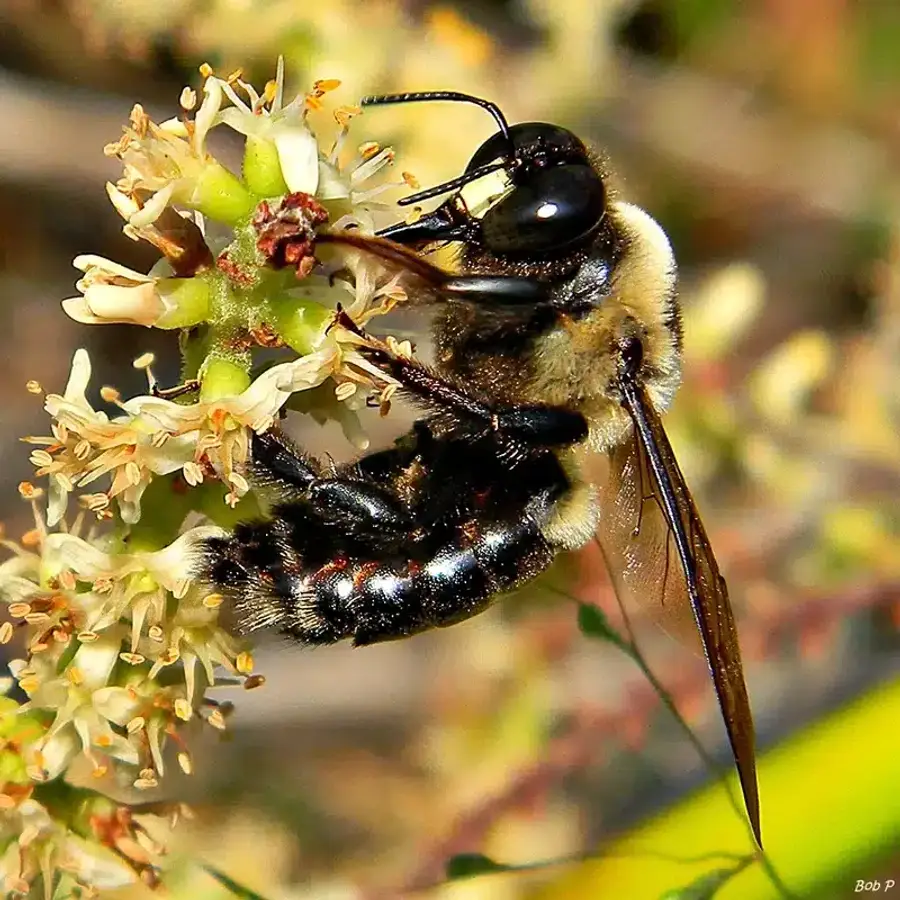
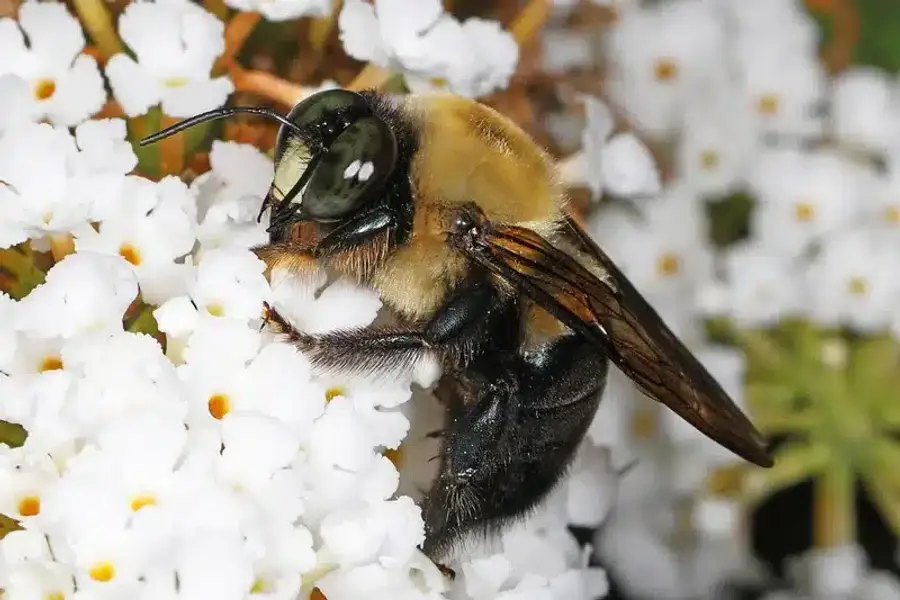
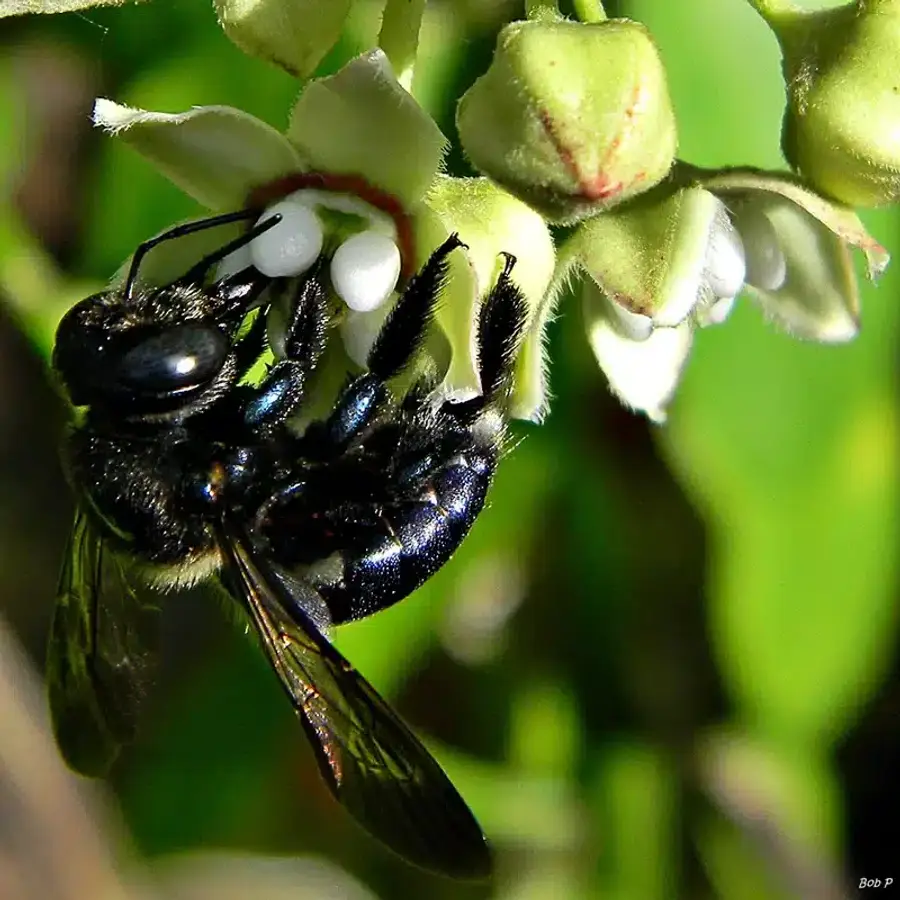
According to the University of Minnesota Extension, reactions are rare but can be more severe for sensitive individuals.
Are Carpet Beetles Dangerous to Pets and Wildlife?
If pets ingest larvae or shed hairs, they might experience mild stomach upset or skin irritation. Regular cleaning and vacuuming help cut these risks.
Carpet beetles play a minor role in the food web, but aren’t a major threat to local wildlife.
How Dangerous Are Carpet Beetles to Your Property and Textiles?
Carpet beetles can ruin expensive rugs, clothing and furniture fabric. Replacing damaged items can cost hundreds of dollars.
Repairing specialty textiles, like heirloom rugs, often runs into the thousands. Prevention is much more cost-effective.
Common Misidentifications: Carpet Beetles vs. Other Household Pests
Carpet Beetles vs. Bed Bugs
Carpet beetles are round and often speckled. Bed bugs are flat, oval and reddish-brown. Carpet beetles don’t bite, while bed bugs leave itchy welts.
Carpet Beetles vs. Carpet Moths
Carpet moth larvae spin silk cases and leave fine webbing. Carpet beetle larvae move freely and leave shed skins instead of fuzzy mats.
How to Get Rid of Carpet Beetles: Effective Prevention Strategies
Prevention Steps
- Vacuum carpets, rugs and upholstery weekly.
- Wash or dry-clean woolens before storage.
- Store items in airtight containers.
- Seal gaps around windows, doors and vents.
The UC IPM recommends storing textiles properly and sealing entry points to block beetles.
DIY Control Methods: Pros and Cons
DIY methods offer low cost but often miss eggs in seams and behind surfaces.
Professional Extermination: When and Why to Call an Expert
If you spot larvae in walls or notice fast, widespread damage, call a registered technician. Simple traps won’t stop a heavy infestation.
Our registered technicians at /locations/alexandria-pest-control and /locations/ashburn-pest-control/ use EPA approved products vetted by our research team.
Why DIY Treatments for Carpet Beetles Often Fail
Many DIY plans miss eggs tucked in furniture seams or behind baseboards. They often use the wrong product or spray at the wrong time.
Better Termite & Pest Control’s Approach to Carpet Beetle Removal
We draw on over 50 years of family experience and four years of hands-on expertise as registered technicians to craft precise plans. Our reduced-risk, EPA approved products are ones we feel comfortable using in our own homes.
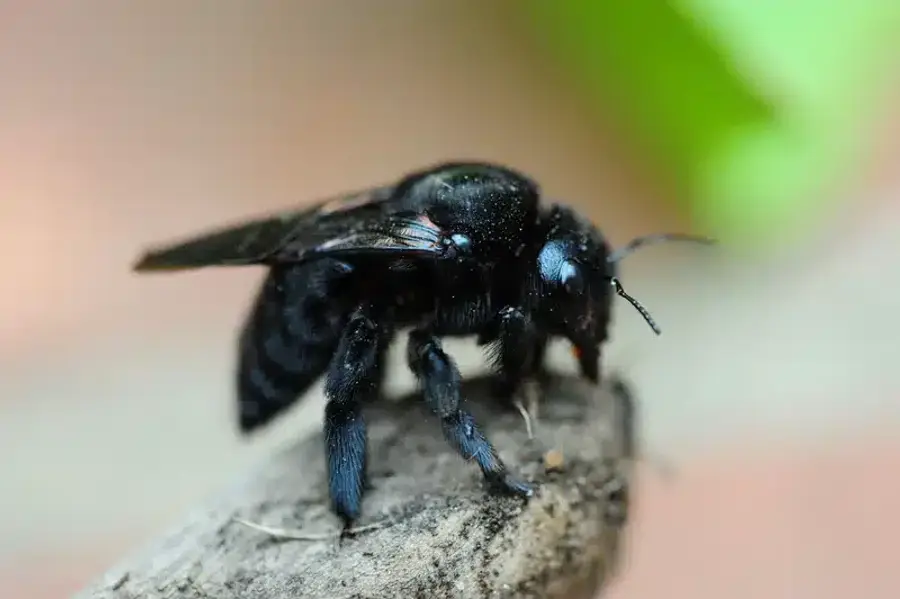
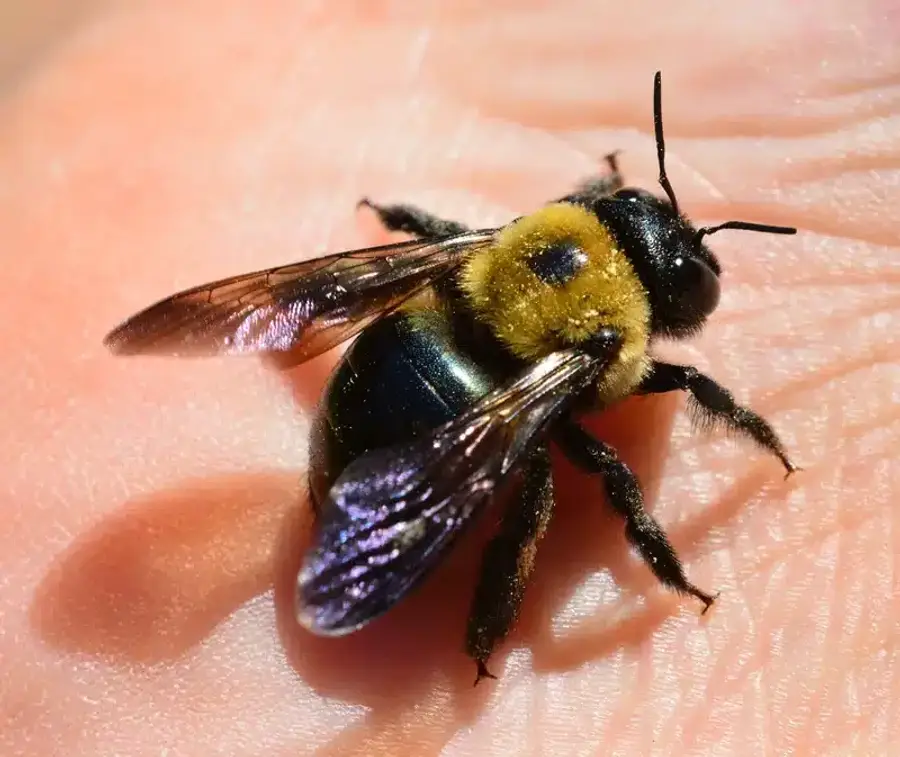
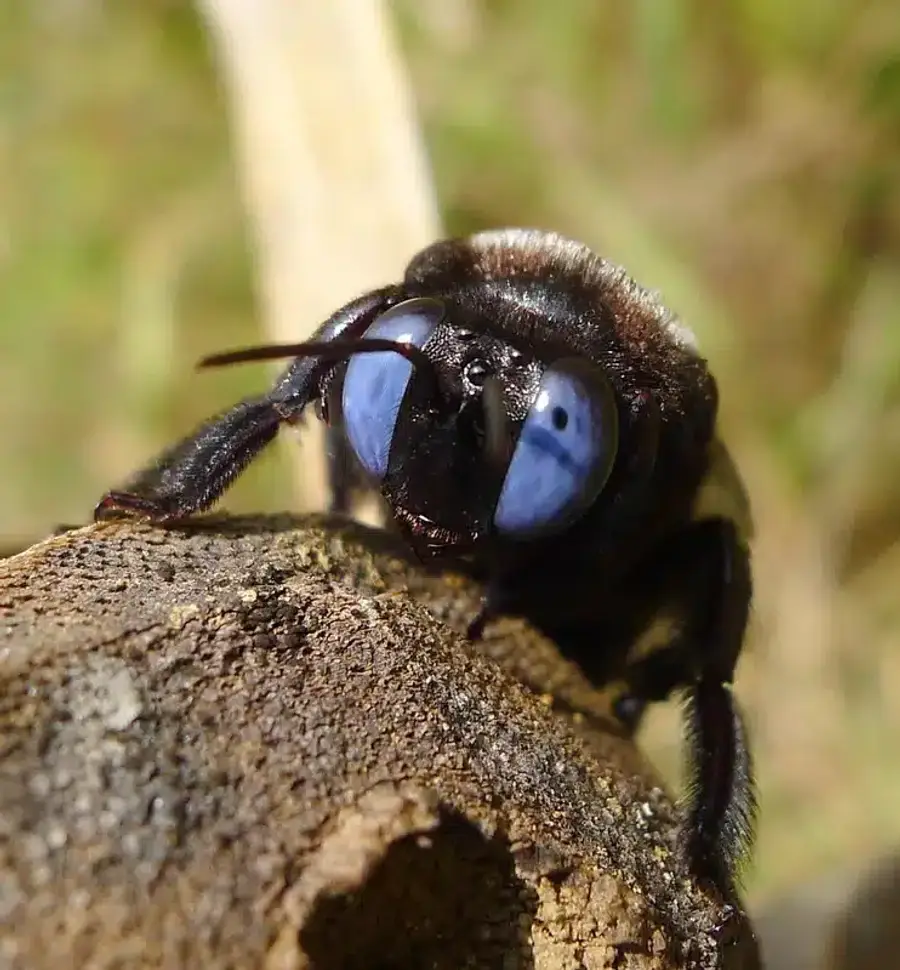
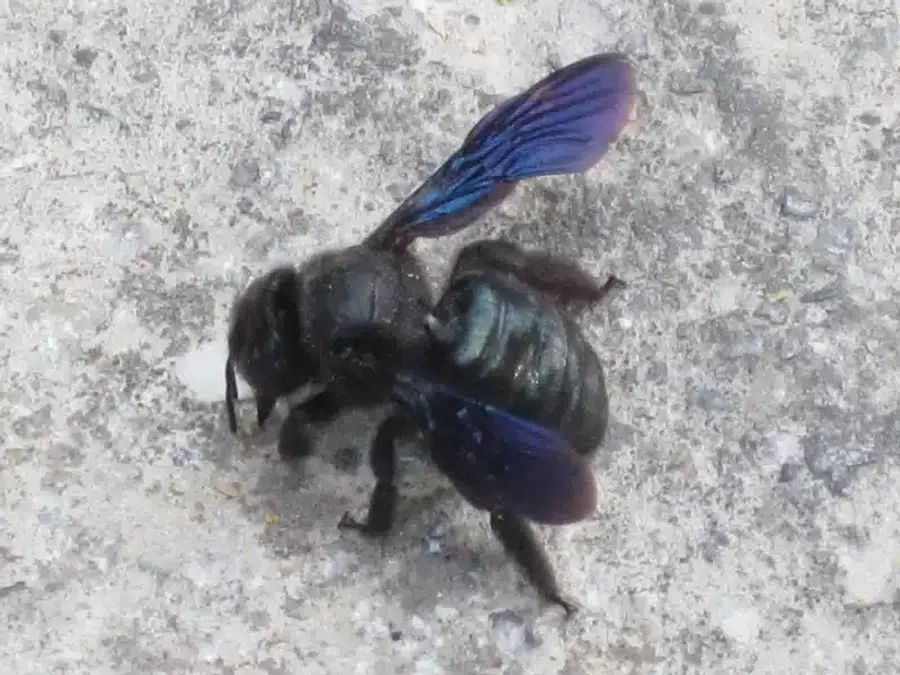
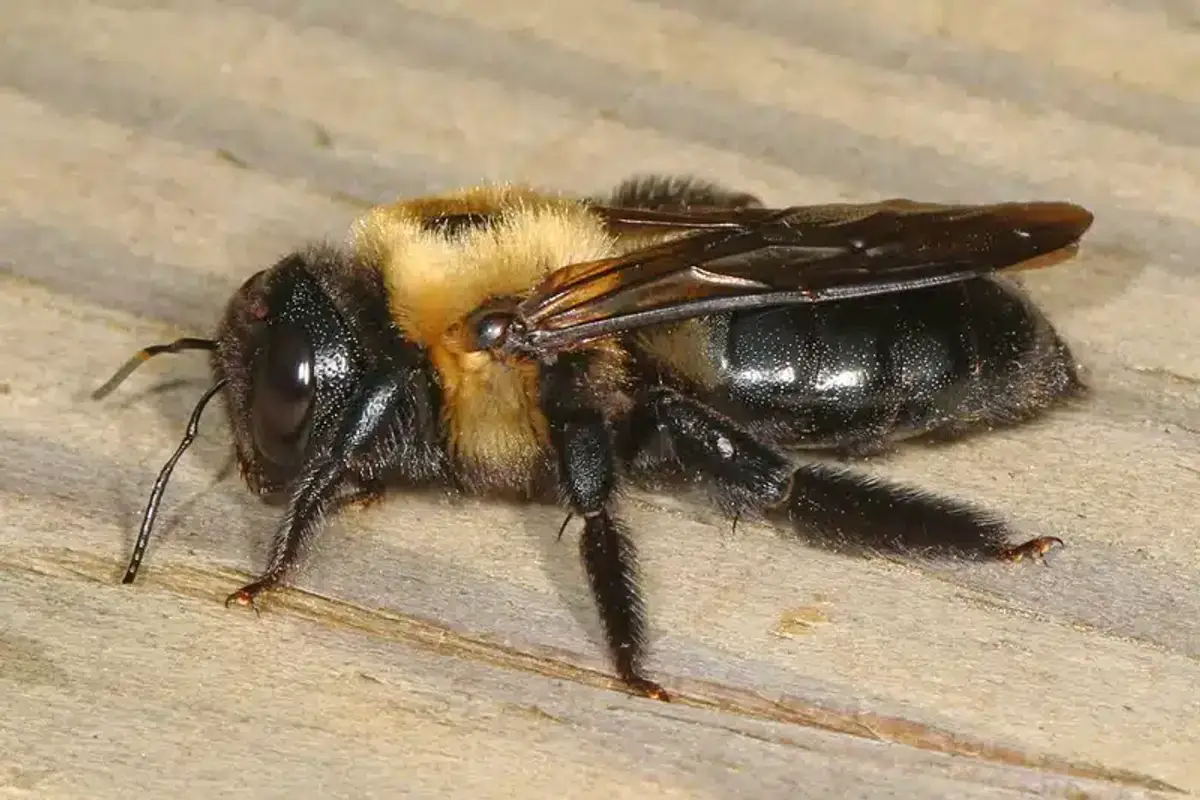
Plus, you get unlimited callbacks until the issue is under control. We stay until you’re satisfied.
Carpet beetles can harm your textiles and trigger skin irritation. Early detection and proper action keep your home in top shape.
Frequently Asked Questions
Do carpet beetles bite humans?
+
No, adults don't bite. Larval hairs can irritate skin, causing itching or rashes for some people.
Can carpet beetles cause allergies or skin irritation?
+
Yes. Tiny larval hairs can embed in skin, triggering contact dermatitis. Washing affected areas and applying calamine lotion can ease symptoms.
How do I know if I have carpet beetles or bed bugs?
+
Carpet beetles are round and speckled, while bed bugs are flat and reddish. Carpet beetle damage shows holes in fabrics, not bite marks.
What attracts carpet beetles to my home?
+
They seek natural fibers like wool, silk and fur. Food stains, pet hair and dark, undisturbed areas are prime spots for egg-laying.
How long do carpet beetles live, and how quickly do they reproduce?
+
Life cycles vary by species, but it can take 2-3 months from egg to adult. Some species produce multiple generations per year in warm homes.
How can I prevent carpet beetles from returning after treatment?
+
Maintain regular cleaning, use traps to monitor adults, and keep new textiles in sealed containers until you're sure they're pest-free.
Are pheromone traps effective against carpet beetles?
+
Pheromone traps attract adults but don't capture larvae. They're best for monitoring rather than full control.
Should I throw away infested items?
+
Not always. You can often freeze or heat-treat small items. However, severely damaged textiles may need replacement.
With five years of hands-on experience in the pest control industry, George Schulz is a registered technician with the Virginia Pest Management Association and a proud third-generation professional in a family business that's been protecting homes for over 57 years. He manages and trains a team of service pros while also leading internal research efforts—recently spearheading a deep-dive review of thousands of documents on pest control materials to hand-pick the most kid and pet friendly, most effective solutions tailored specifically for homes in the DC metro area.
